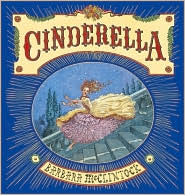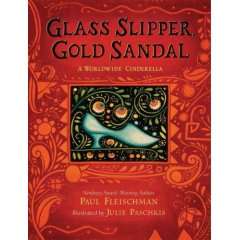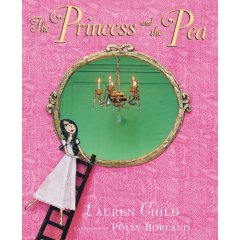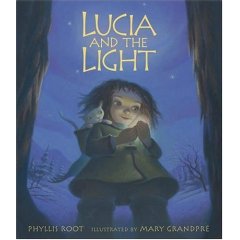The Christmas shelves at our branch library have been picked over by now. This book was (not surprisingly, sorry to say) one of the ones that was left: Christmas Folk by Natalia Belting; illustrated by Barbara Cooney (Holt, Rinehart and Winston, 1969). Barbara Cooney illustrated some of our favorite Christmas books (The Year of the Perfect Christmas Tree by Gloria Houston [Dial, 1988] and The Story of Holly and Ivy by Rumer Godden). I had never heard of Natalia Belting, though.
Christmas Folk is blank verse about the Christmas folklore of the Elizabethan period (mumming, wassailing, etc.); if it were published today, it would probably include some interesting background information. For the record, last night was Saint Thomas Eve. Girls would put a peeled onion under their pillow and pray:
Good St. Thomas, do me right,
Send me my true love tonight;
In his clothes and his array,
Which he weareth every day,
That I may see him in the face.
hoping to dream of their future husband. Sorry if this comes too late for some of you, but maybe you could try it next year!
Today, then, is Saint Thomas Day, when girls and women would go from house to house, collecting flour for their Christmas baking ("thomassing"). Maybe it would be a good day to deliver your gifts of baked goods, instead?
Saint Thomas Day is also the winter solstice:
St. Thomas gray, St. Thomas gray,
The longest night and the shortest day.
Happy Solstice! We will be taking our recycled aluminum can lanterns on a long walk this evening. I'll be back in this space after Christmas (with a list of books given and received). Merry happy holidays!




